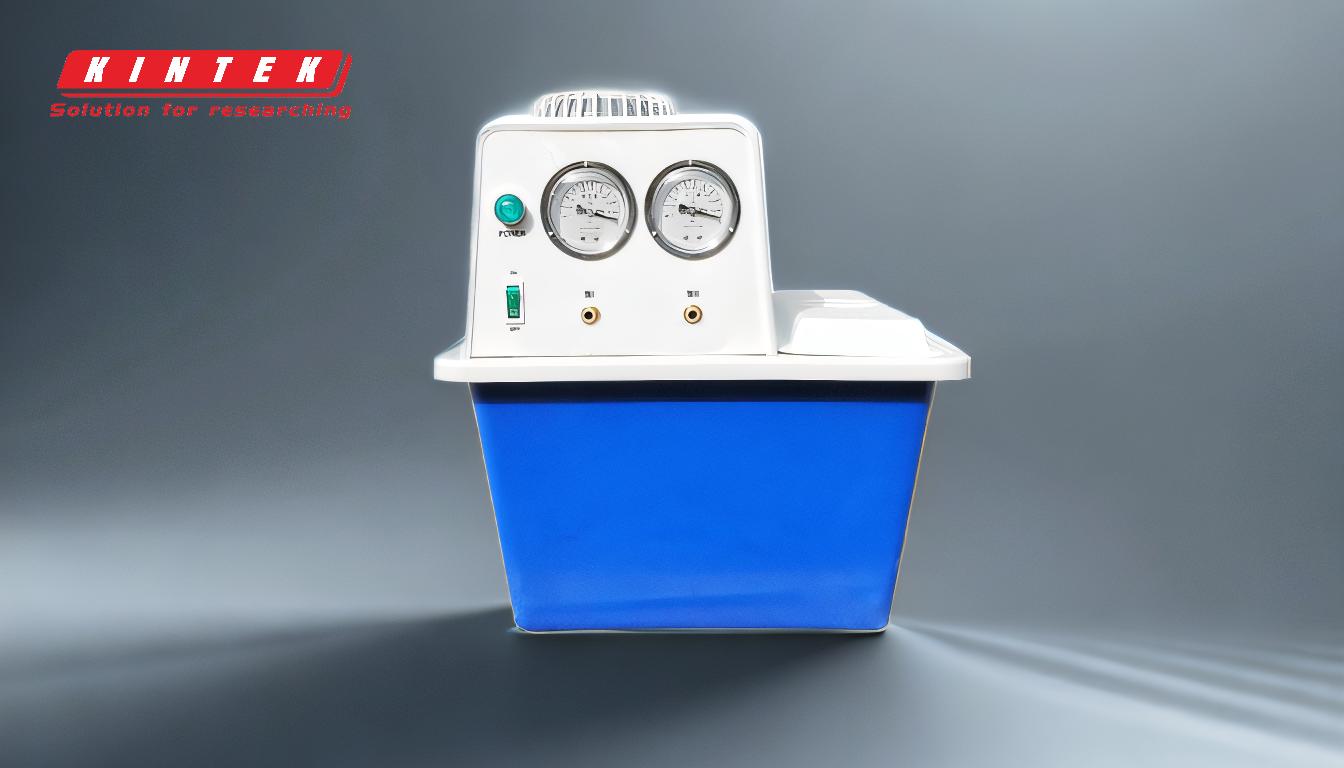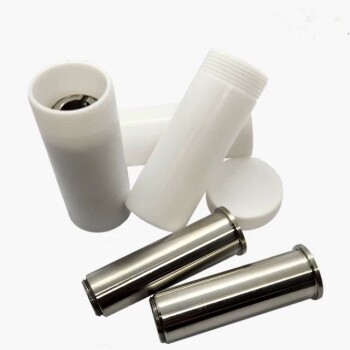Vacuum pump oil is indeed flammable, and its flammability depends on its composition and operating conditions. Most vacuum pump oils are hydrocarbon-based, which makes them susceptible to combustion when exposed to high temperatures, open flames, or sparks. The flammability risk is higher in systems like vacuum hot presses, where elevated temperatures and pressures are common. Proper handling, storage, and maintenance are essential to minimize fire hazards. Additionally, using cold traps and ensuring leak-free systems can reduce the risk of oil vapor ignition.
Key Points Explained:

-
Composition of Vacuum Pump Oil:
- Vacuum pump oils are typically hydrocarbon-based, which inherently makes them flammable. These oils are designed to provide lubrication and maintain vacuum levels but can ignite under certain conditions, such as exposure to high temperatures or sparks.
-
Flammability Risks in High-Temperature Systems:
- In systems like vacuum hot presses, where high temperatures and pressures are used, the risk of oil flammability increases. The oil can vaporize at elevated temperatures, creating a flammable atmosphere if not properly managed.
-
Importance of Leak Detection:
- Leaks in vacuum systems can introduce air or moisture, which can react with the oil or create conditions conducive to combustion. Ensuring a leak-free system, with leak rates below 5 microns/hour for critical applications, is vital to maintaining safety.
-
Role of Cold Traps:
- Cold traps are essential in high vacuum systems to prevent backstreaming of oil vapors. By condensing these vapors and returning them to the pump, cold traps reduce the risk of flammable oil vapors entering the system and potentially igniting.
-
Proper Handling and Maintenance:
- Regular maintenance, including cleaning and replacing oil, is crucial to minimize flammability risks. Pre-treatment steps, such as baking the system and using powder-free gloves, help prevent contamination that could exacerbate flammability.
-
Thermal Management:
- Systems with thermal recirculation, such as box furnaces, must ensure that oil does not overheat. Proper circulation and temperature control, facilitated by systems like jacketed vessels with temperature control units (TCUs), help maintain safe operating conditions.
-
Pump Pressure and Flow Rate:
- Adequate pump pressure and liquid flow rates are necessary to prevent overheating and ensure efficient heat exchange. Factors like pipe length, height, and bends must be considered to maintain optimal performance and reduce fire risks.
By understanding these key points, users can take appropriate measures to mitigate the flammability risks associated with vacuum pump oil, ensuring safer operation in high-temperature and high-pressure environments.
Summary Table:
| Key Aspect | Details |
|---|---|
| Composition | Hydrocarbon-based, inherently flammable |
| Flammability Risks | High in systems like vacuum hot presses due to elevated temperatures/pressure |
| Leak Detection | Leak-free systems (<5 microns/hour) critical for safety |
| Cold Traps | Prevent oil vapor backstreaming, reducing ignition risks |
| Maintenance | Regular cleaning, oil replacement, and contamination prevention essential |
| Thermal Management | Proper circulation and temperature control prevent overheating |
| Pump Pressure & Flow Rate | Adequate pressure and flow rates ensure efficient heat exchange |
Ensure your vacuum system operates safely—contact our experts today for tailored solutions!











